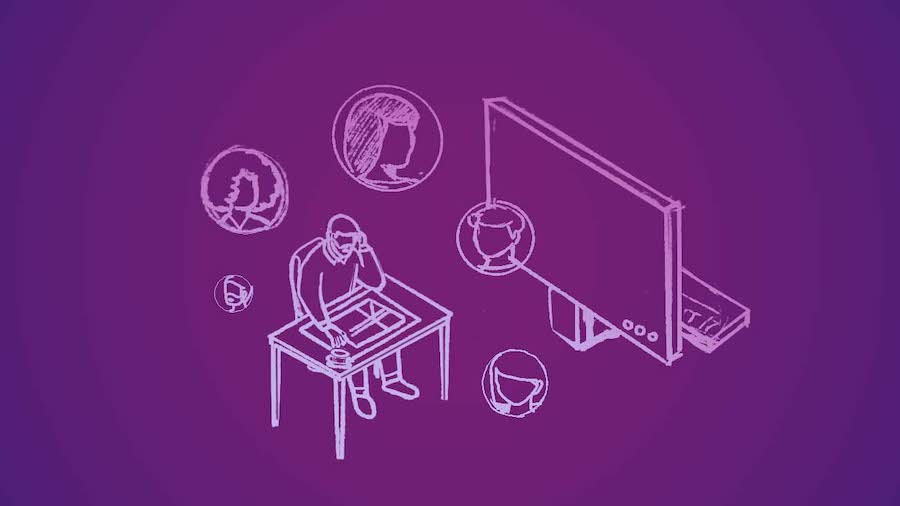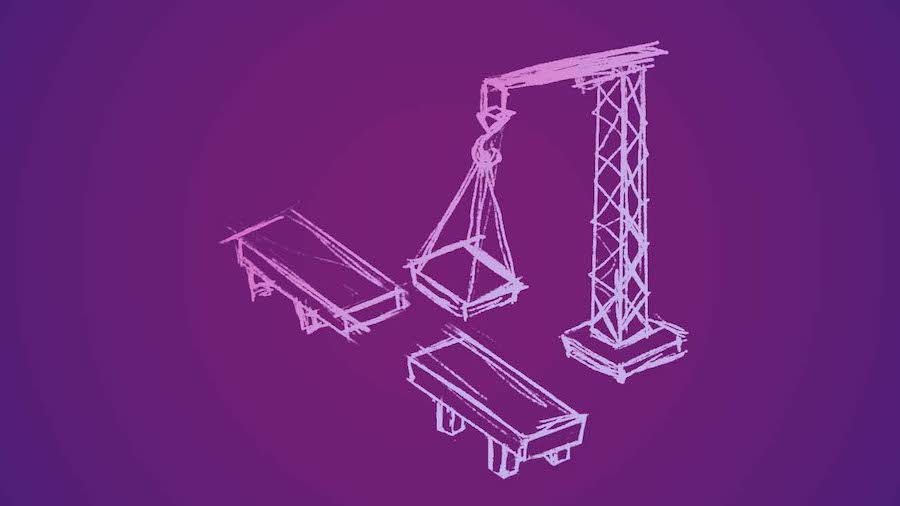A Guide For CTOs to Amplify Collaboration With Their DXP Platform Engineering Partner
Technology leaders today have a number of challenges to work through and overcome. Despite picking the best technologies and the best teams, common missteps can occur, even at the largest of companies.
Digital experience platforms offer the hope of increased efficiency, cross-team collaboration, and integrated technologies, but they often need to be engineered to yield better results through decision-making and technical implementation.
I've worked with numerous CTOs and CIOs looking to amplify the partnership with their Digital Experience Platform (DXP) engineering partner and yield better results.
Based on my tenure in technology and hundreds of conversations with CTOs and CIOs, this article serves as a guide to course-correct common missteps or even help avoid these blunders in the first place.
This helps make leadership feel more comfortable with our work as a partner and ensures they feel seen and respected in the process.
Is your partner having transparent, collaborative conversations with you?
One of the most reassuring signs of a great relationship is when a long-term client looks to shift technologies or platforms and asks us to orchestrate it and take on the new platform. This reflects the depth of our relationship and our understanding of not just the technology, but of their business and industry and how technology differentiates them. It’s likely you’ve spent years building a relationship with a partner, and hopefully, they are investing in equal amounts to learn your industry and your business.
If the relationship is right and they have the tech capabilities, what better partner to then lead the next phase of your technology journey? We’ve built out teams with technical specialization around platforms and tools, but these aren’t the only or defining characteristics of a great partner–it’s a relationship built on trust.
Often, a challenge I see technology teams face is that they’re viewed as a sunk cost, and so they operate around cost management instead of value delivery.
Your partner should help you prove the value of technology to the business and your customers and users.
When We Work Together, We Succeed Together
If there’s one lesson to be learned from this blog post, it’s this: Don’t be afraid of a partner. Instead, figure out how to get the most out of them. Make sure they’re being brought in to enable your team and set you up for long-term success.
If you have a great relationship and start on common ground, it’s going to lead to a successful end result.
If you feel uncertain where to start, just know that it’s never too late to step back, rethink, and shift to build a united vision.






